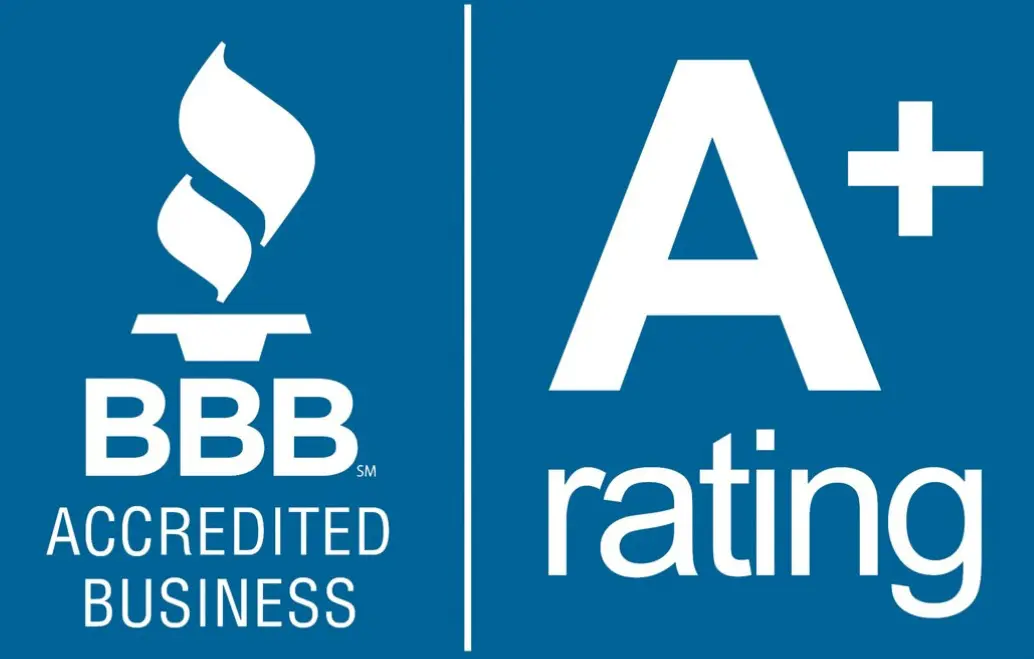Poor Morale? Identifying, Improving, and Moving Forward

Employee morale is perhaps one of the most important indicators of a company’s overall health. After all, morale directly impacts crucial aspects of your business, including productivity, engagement, and customer satisfaction. It’s also worth noting that many factors can lower morale in the workplace, creating a ripple effect throughout your entire organization.
Don’t wait to find out how damaging poor morale can be. This blog will take a deep dive into the common causes and effects of the issue, with strategies to identify and improve things included throughout.
Causes of Low Employee Morale
There are plenty of ways for morale to plummet, some stemming from action and others from inaction.
Lack of Communication and Transparency:
• Employees crave clear communication from leadership. When they’re kept in the dark about company goals, changes, or decisions, it breeds distrust and disengagement.
• It’s a widespread concern: A 2021 Gallup poll found only 60% of employees strongly agree that their organization keeps them informed.
Workloads, Deadlines, and Growth Opportunities:
• Feeling overloaded with unrealistic deadlines or unsustainable workloads quickly leads to burnout and frustration.
• It’s essential to strike a balance between challenge and achievability, and stagnation can also be demotivating.
• Employees need opportunities for professional development and advancement to stay engaged.
Recognition, Appreciation, and Culture:
• Feeling undervalued is a significant demotivator.
• Employees who consistently go the extra mile without recognition lose the drive to excel.
• A negative work environment characterized by bullying, gossip, or hostility can significantly harm employee well-being and morale.
Effects of Poor Morale
Negative morale hurts in more ways than one.
Decreased Productivity, Absenteeism, and Turnover:
• Disengaged employees are always less productive, and this could cause them to miss deadlines or produce lower-quality work.
• Low morale can also lead to increased absences and employee turnover, resulting in additional costs for recruitment and training.
Negative Customer Interactions and Decreased Innovation:
• Disgruntled employees can have a negative impact on customer service, leading to dissatisfaction and potential loss of business.
• A demotivated workforce is also less likely to think creatively or contribute new ideas.
Identifying Poor Morale
Employee surveys are valuable tools for gauging morale. However, you might also consider implementing shorter, more frequent “pulse surveys” to get a real-time read on how employees are feeling, especially during times of significant change.
Look for signs like:
• Increased negativity and complaining among employees.
• Decline in communication and collaboration.
• Missed deadlines and decreased productivity.
• High absenteeism or “presenteeism” (being physically present but mentally disengaged).
Remember, any problems you identify via a survey should be addressed in a prompt and visible manner. Not doing so jeopardizes the intention of the survey itself and could actually increase dissatisfaction.
Improving Employee Morale
Solutions exist, and they’re worth the effort to consider.
Open Communication, Work-Life Balance, and Transparency:
• Regularly communicate company goals, progress updates, and future plans.
• Encourage honest, professional dialogue and feedback from employees.
• Promote a healthy work-life balance where you can by setting realistic deadlines and workloads. Consider implementing flexible work arrangements if possible.
Recognition, Development, and Culture:
• Publicly acknowledge employee achievements, both big and small.
• Consider implementing a rewards program for exceptional performance.
• Promote a deliberate culture of respect and collaboration, and try to address toxic behavior swiftly and decisively.
• Offer development opportunities like training programs, conferences, or mentorships.
If you think your organization might need assistance with maintaining healthy morale, we’re here to help! Our experience in best practices research, workforce planning, and development can be accessed through our human resources consulting services, so please feel free to contact us if you’re interested in learning more!

